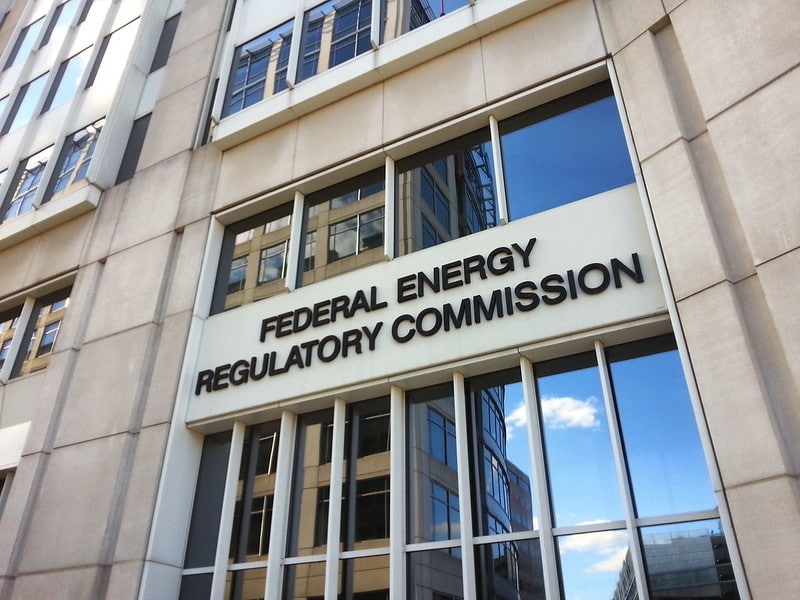The Montana Environmental Information Center and nine other solar and environmental groups have challenged in federal court the Federal Energy Regulatory Commission’s (FERC’s) recent rulemaking on PURPA that they said “effectively guts” the law’s implementation.
The Solar Energy Industries Association (SEIA) filed a separate petition.
The PURPA law “is the sole federal policy requiring monopoly utilities to purchase energy from renewable sources,” the solar and environmental petitioners said.
“PURPA has always been unpopular with monopoly utilities and their allies,” which have consistently “lobbied for PURPA repeal and weaker FERC rules,” the petition said. FERC “finally relented to that lobbying” in changing the PURPA regulations in 2020.
The full name of PURPA is the Public Utility Regulatory Policies Act of 1978.
FERC’s new PURPA regulations “cut off” Congress’s goal of encouraging development of renewable energy, the petitioners said, just as “declining costs for renewable energy and rising costs for monopoly utility fossil fuel generation finally made small scale wind and solar under PURPA competitive.”
The lawsuit, filed with the U.S. Court of Appeals for the Ninth Circuit, challenges what petitioners called “four unlawful aspects” of FERC’s rulemaking that “exceed the agency’s authority and conflict” with Congress’s goals:
- That FERC failed to conduct an environmental impact analysis that would have shown that regulations “undermining renewable energy development” would have significant environmental impact.
- That FERC, “contrary to the narrow authority provided” to determine whether facilities are at the same site, and thus subject to PURPA’s 80 MW size limit, “invented a new effective cap on generation owned by the same entity within a wide region.”
- That FERC eliminated the right of developers of PURPA “qualifying facilities” to establish a long-term price for their energy at the time of contract formation, a change that forecloses project financing options and “conflicts with Congress’s goals.”
- That FERC “unlawfully” shifted the burden of determining a utility’s avoided costs, on which compensation under PURPA is based, from the state regulator to the developer of a qualifying facility.
The solar and environmental group’s petition asks the court to “vacate” FERC’s rulemaking order—that is, to rescind the regulations.
Four of the solar and environmental petitioners—Montana Environmental Information Center, Sierra Club, Center for Biological Diversity, and Vote Solar, were represented by Earthjustice. Five others—Appalachian Voices, Energy Alabama, Georgia Interfaith Power & Light, North Carolina Sustainable Energy Association, and Upstate Forever–were represented by Southern Environmental Law Center. One petitioner, Community Renewable Energy Association, was represented by the law firm Richardson Adams.
This article was updated June 2 to clarify which entities brought the lawsuit and their legal counsel.
This content is protected by copyright and may not be reused. If you want to cooperate with us and would like to reuse some of our content, please contact: editors@pv-magazine.com.








The fight continues. But the economics of renewable energy will win in the end.
If what FERC does to suffocate any scale hydropower isn’t “undermining renewable energy development” then these are just the beginning of more control over solar PV generation.
When the US Congress fails to update the Federal Power Act and put solar PV, wind-elecric, etc under FERC jurisdiction ( fails to impose “settled law” like Habersham Mills vs FERC) then FERC must do something to regulate these new renewables. After all, FERC is supposed to be the Federal energy regulator
So what are Congress’ goals? Do they want to regulate hydro to death with FERC, control offshore wind-electric with BOEM, and let solar PV, on-shore wind-electric, and the other renewables go essentially un-regulated? When Habersham Mills vs FERC determined that grid tying affects interstate commerce, then ALL generators that grid tie should be under federal regulation. Seems that Congress continues to pick the winners and the losers.